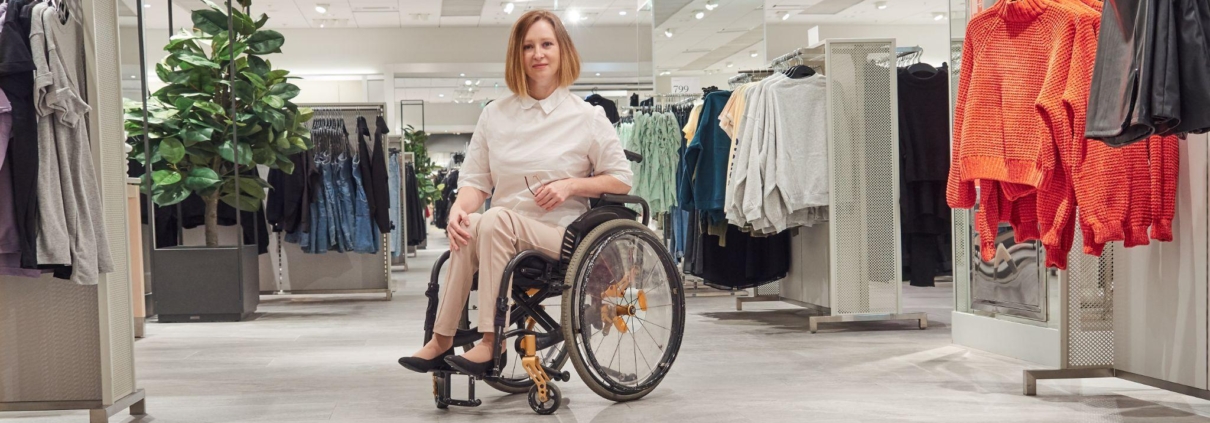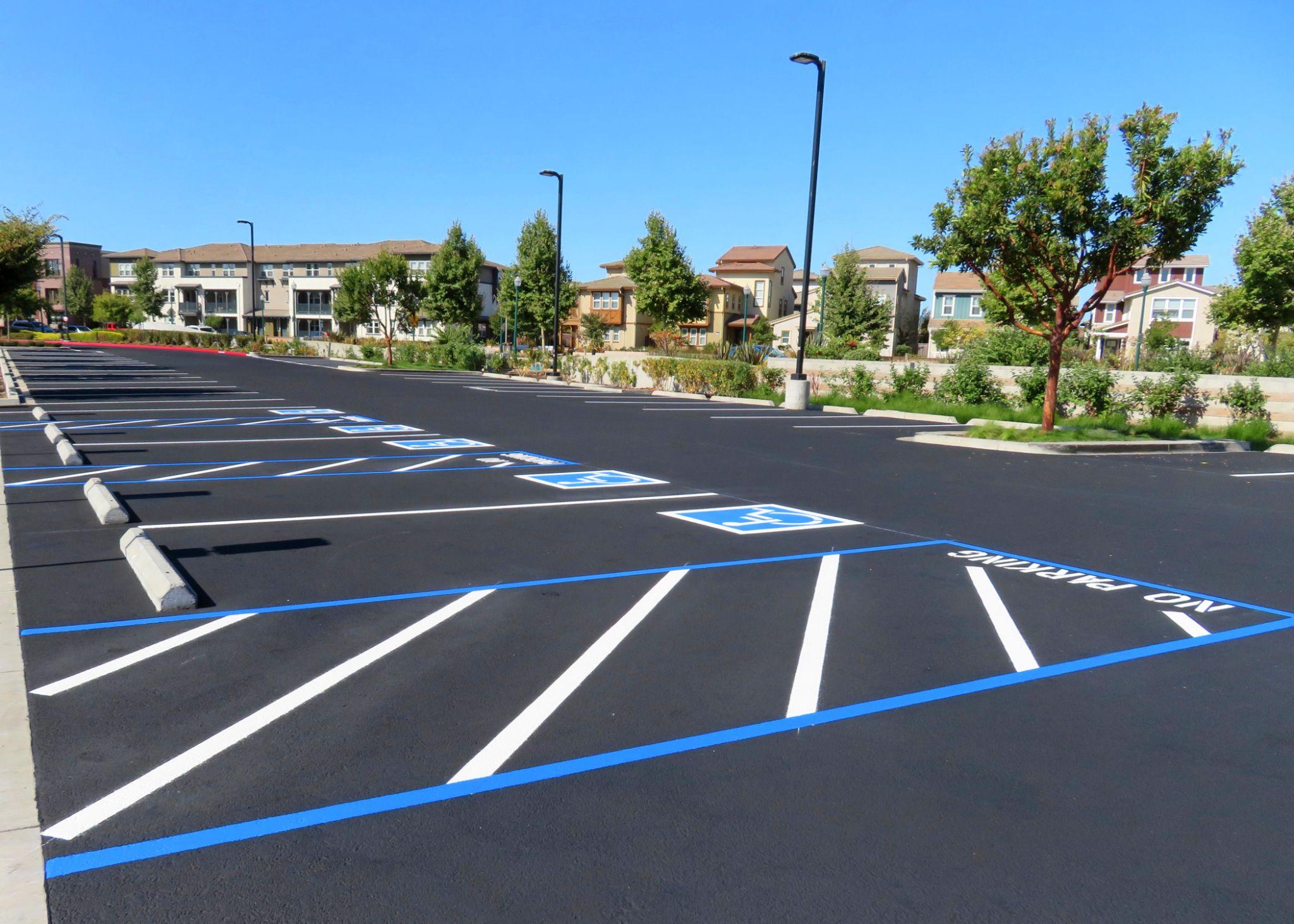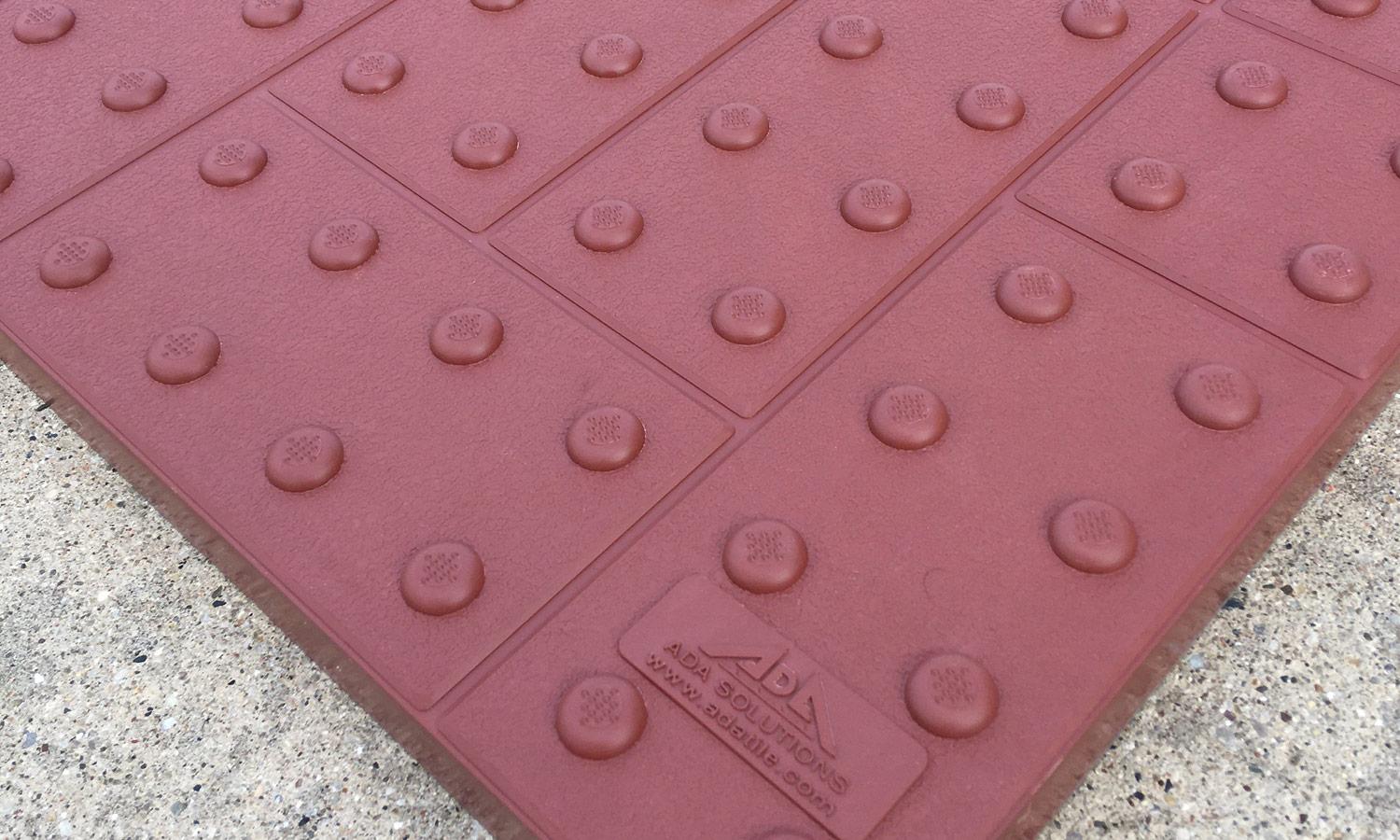
![]()
ADA Requirements for Retail Stores
Business owners must meet ADA or Americans with Disabilities Act requirements for safe access and use by disabled persons. The information below will help retail businesses avoid lawsuits by revealing the ADA requirements for retail stores.
The ADA and Its Purpose
The ADA was created to provide disabled persons protection against exclusion. It guarantees disabled persons equal access to retail and other businesses, with consequences for ADA violations.
The five titles of the Americans with Disabilities Act or ADA detail the legal requirements of various businesses and organizations, but retail businesses must adhere to Titles I and III.
ADA Title I – Employment

Retail business owners must follow all requirements under ADA Title I. Companies with 15 or more employees that work full-time for a minimum of 20 weeks per year are prohibited from discriminating against qualified disabled persons under Title I in terms of:
- Job application procedures
- Job advancement
- The hiring and firing of employees
- Training
- Compensation
Some circumstances, such as having fewer than 14 employees working full time and operating for fewer than 20 weeks of the year may eliminate the need to adhere to Title I. Therefore, a closer look at ADA requirements is strongly recommended.
ADA Title III – Public Accommodations and Commercial Facilities

Title III of the ADA prohibits any retail business with goods or services sold to the public from discriminating against disabled persons in terms of accessing and using a business. Several types of retail businesses fall under Title III, including:
- Bars
- Restaurants
- Shopping malls
- Hotels
- Stores
- Theaters
The above types of businesses must comply with ADA standards both outside and within their buildings.
Important Retail Areas to Focus On

All businesses wishing to ensure ADA compliance must make readily achievable accommodations, which are those that don’t require much expense or difficulty to implement.
Parking lots – The parking lot of any retail business should include accessible parking spaces. This can be accomplished by consulting the ADA accessibility guidelines.
Entrances and doors – All doors and entrances to the business must be wide enough to accommodate crutches, wheelchairs, and other mobility aids.
ADA accessibility guidelines state a required minimum of 32 inches of clear space between a door’s face and its opposite stop. Offset hinges are one way to achieve this in a reasonable and readily achievable manner.
Curbs – Curb ramps create accessible routes to retail stores by individuals with disabilities. Depending on the location of your retail store’s customer parking, you may or may not be responsible for ensuring ADA compliance.
For example, customers who must park on a street to access your business means the onus is on the municipality that claims ownership of that street to make curbs ADA compliant.
Ramps and stairs – Retail businesses are required to make 60% of their store entrances accessible to disabled persons, as long as these changes are readily achievable. Replacing stairs with a ramp offers this type of readily achievable solution.
If your business’s accessible entrance is located anywhere but at the front, you must erect signage that directs individuals to your accessible entrance.
Aisles, shelves, and adequate maneuvering space – Where changing the width of aisles isn’t readily achievable for all retail businesses, a solution may be to rearrange them by placing heavy items below and lighter ones above. Boxes and displays that can hinder access or increase navigation risk can also be moved or eliminated to allow adequate maneuvering space.
Restrooms – The ADA design standards for restrooms are specific. For example, the top of any accessible toilet seat must be between 17 and 19 inches above the floor. It must also be a specific distance from the side wall to the center line.
In-store direction – Retail stores must consider all people with disabilities when providing in-store direction to customers. Signage should be easy for those with visual disabilities to read.
Any stanchions installed at checkouts must be double-belted and be 27 inches or less from the ground to be detectable by canes. If your retail store is large, you must provide an accessible directory both in Braille and large print.

Change rooms – Change rooms are required by the ADA to be easily maneuverable by mobility devices like wheelchairs. Other methods can be chosen if this is not readily achievable.
Service counters and checkouts – All counters related to service and sales must be a height of 36 inches from countertop to floor or less. Space in front of counters should be at least 30 by 40 inches to allow for maneuverability of mobility aids.
Experts in Detectable Warning Products
A growing number of retail businesses wanting to achieve ADA compliance are choosing ADA Solutions. We use our 20+ years of industry experience to design and manufacture every product we sell, and we offer the longest warranty in the detectable warning surface industry. Visit us to learn more about how we can meet all of your detectable warning tile needs.

